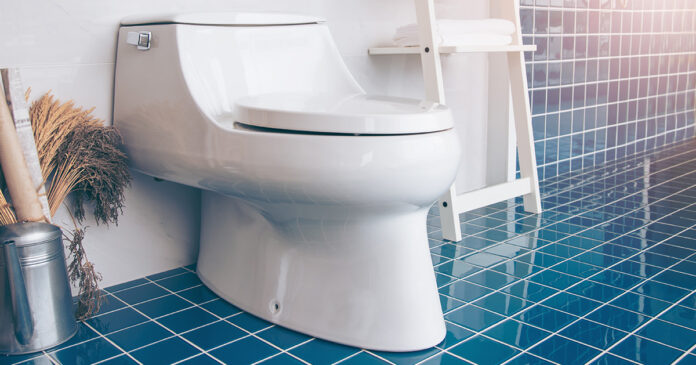
Whether it is a cosmetic or a mechanical reason for upgrading a toilet, you may not know all the choices that are involved to choose the right one for your home. The current toilet may have cracks or leaks in the bowl or tank. It could be the aggravation of constant clogging or inefficient flushing. Maybe there is damage in the porcelain bowl or built-up mineral deposits that are clogging the inlet holes or syphon tube.
If frequent repairs have you on a first-name basis with the plumber, it may be time to consider replacing the toilet. There are a lot of things to consider and the following list may help you sort through the choices.
- Round, oval or compact oval … There are two basic shapes of toilets: round and oval. Round bowls require less space and are less expensive. The oval or elongated tend to be more comfortable but require more space from the wall than round ones. Most manufacturers produce a compact oval model also.
- One-piece, two-piece and wall-hung … Manufacturers make one-piece models that mold the tank and bowl into one unit. These can be a little more expensive, but they take up less space. The two-piece with separate tank and bowl are more common. The wall-hung requires less space and makes the room look larger, but installation will be more expensive.
- Height … Standard toilet height is 15 inches. An alternative to the standard is a comfort height, which is more like a chair, at 17-19 inches tall. This can be an advantage for older and taller people as well as those with a mobility problem.
- Trapway … The trapway is a channel from the bottom of the bowl to the drainpipe that also keeps gas from entering the home from the sewer. While the trapway shows on the outside of most models, there are skirted or concealed models available for a more aesthetic appearance.
- Single-flush or dual-flush … Single-flush toilets use the same volume of water each time they are flushed. Dual-flush toilets have two options for flushing liquid or solid waste. This gives the user the ability to conserve water when appropriate.
- Water per flush … In an effort to save water, in 1995 the Department of Energy required toilets to use 1.6 gallons per flush. Since then, California and Georgia increased the restriction to 1.28 gpf, which saves 20 percent more water.
- Gravity-feed or pressure-assisted … For 400 years, gravity has been used to move the water through a flushable toilet bowl to eliminate the waste. As water restrictions were added, pressure-assisted toilets were introduced to assist the lower volume of water. A sealed cylindrical tank inside the ceramic toilet tank provides the additional pressure. These types of toilets are nosier than conventional flush types.
Once you’ve decided on what features are important, you can shop brands that fit your needs. If you’re curious as to what kind of a job it is to install a toilet, there are lots of videos on YouTube that will show you in detail what to expect. Whether you do it yourself or hire a professional, you’ll understand the process more.



